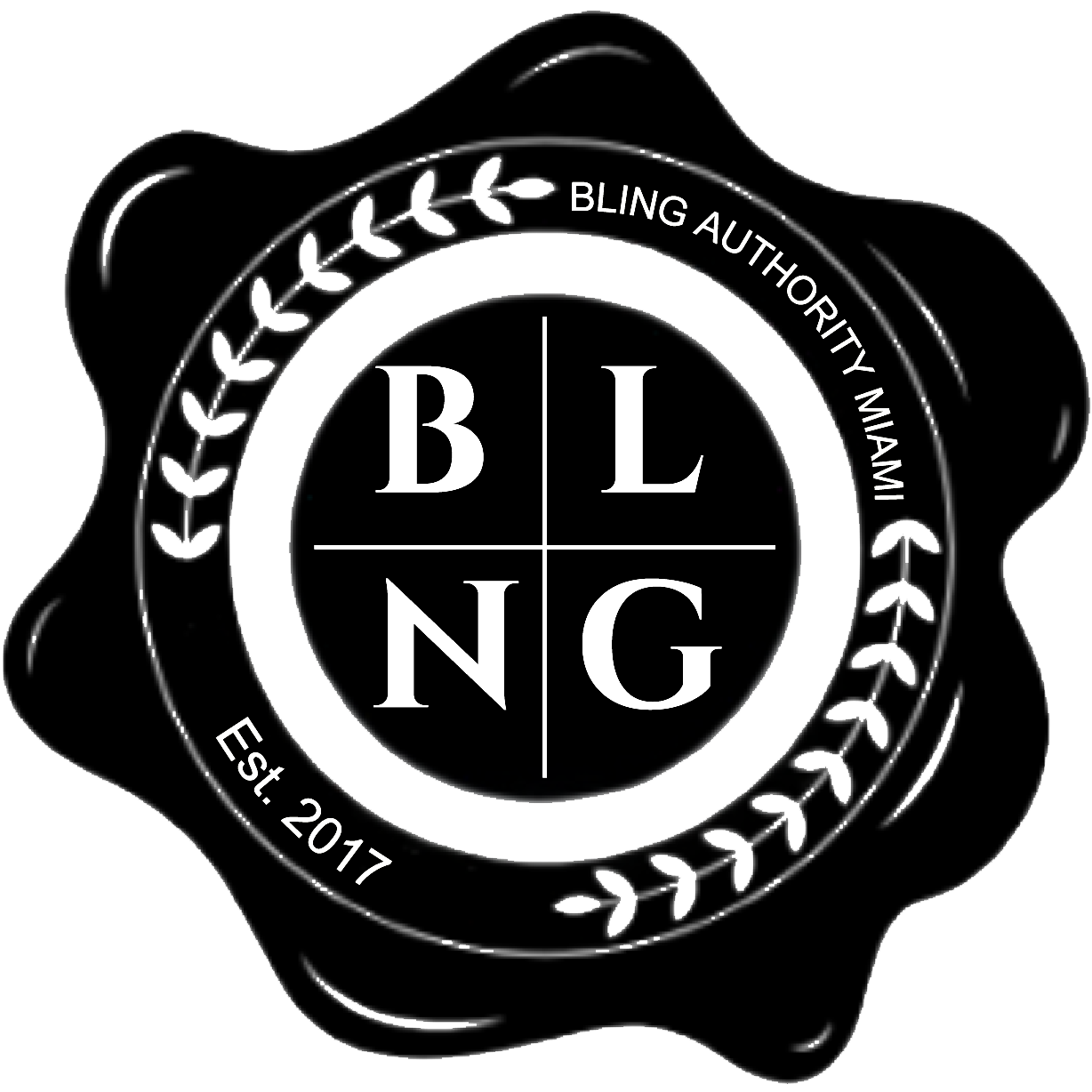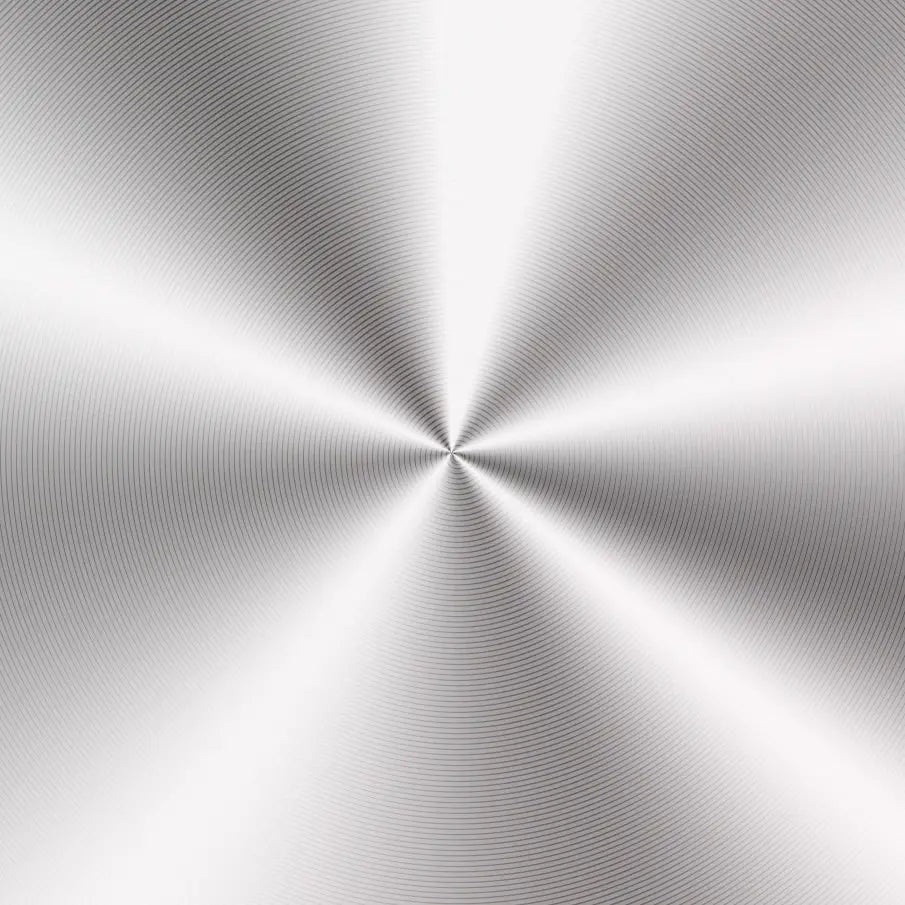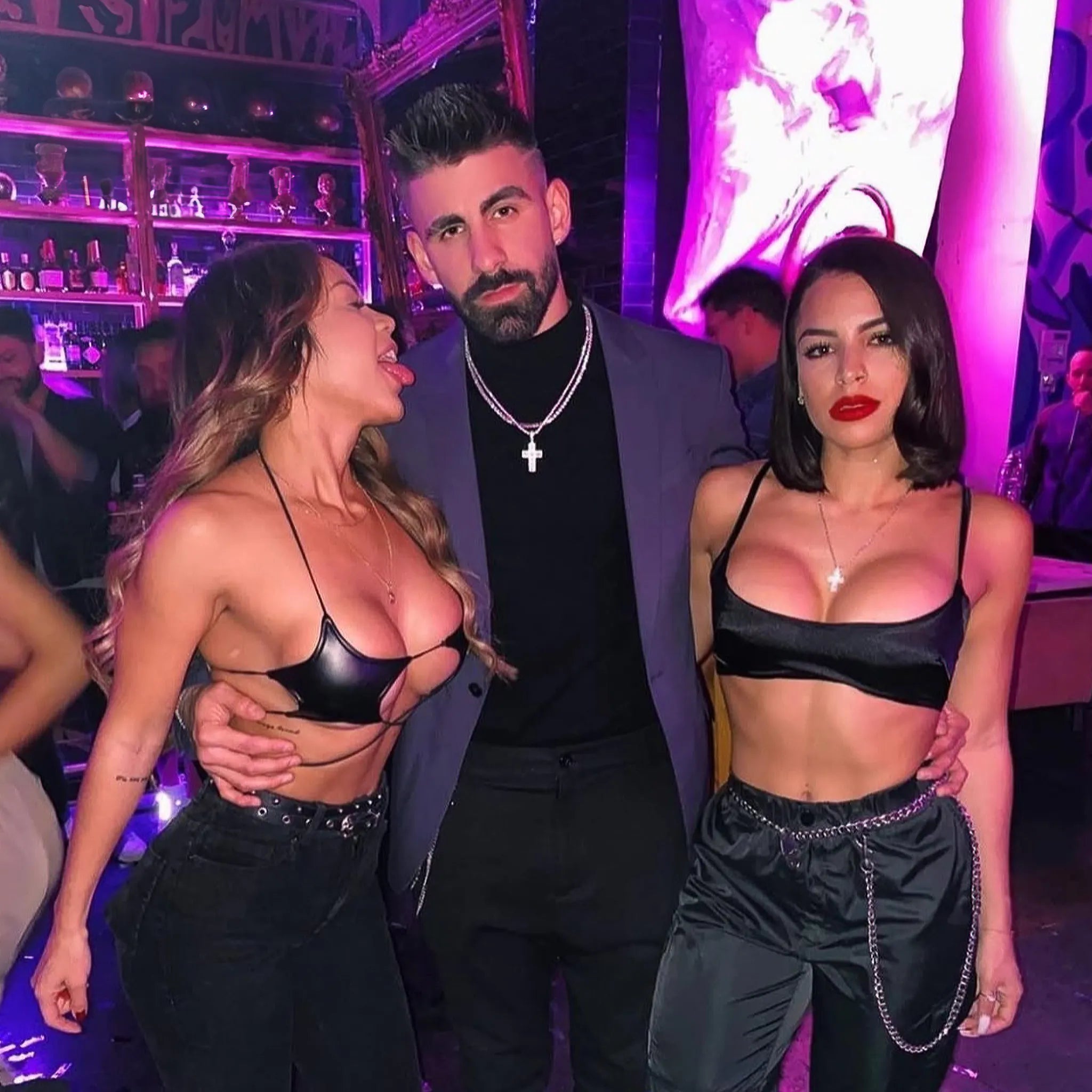18K gold is the sweet spot—rich color, real-gold prestige, and practical durability. Here's what 18K actually means, how it compares to other karats, when it's smarter than 22K/24K, and how BLNG uses heavy 18K gold plating to deliver that luxe tone on everyday-ready pieces.
What "18K Gold" Actually Means
18K (18 karat) = 75% pure gold alloyed with 25% other metals for strength and color control. The higher the karat, the richer (and softer) the gold; the lower the karat, the tougher and slightly paler it looks.
18K vs. 14K vs. 24K (Quick Take)
- 24K: 99.9% gold. Deep yellow, very soft; gorgeous but not ideal for daily wear.
- 18K: 75% gold. Luxe color with everyday practicality—balanced for real life.
- 14K: 58.5% gold. Extra tough, a touch lighter in color.
18K vs. 22K vs. 24K — When 18K Is the Smarter Choice
- Durability for daily wear: 18K is harder than 22K/24K, so links, clasps, and prongs hold shape better and scratch less—perfect for chains and bracelets.
- Stone security: Prongs in 18K grip CZ/moissanite more reliably than softer 22K/24K, which can bend with wear (key for tennis chains).
- Shape retention: Heavy links and textures stay crisp; 22K/24K can deform or stretch over time.
- Color control: 18K delivers the rich "luxury gold" tone while enabling white and rose gold looks that pure 24K can't achieve.
- Skin comfort: With more gold than 14K and added strength vs. 22K/24K, 18K is a comfortable, practical balance (actual comfort depends on alloy).
- Value: You get luxe color and longevity without paying 24K premiums—freeing budget for width (12mm Cubans) or upgrades (4mm tennis).
How BLNG Uses 18K Gold (Plating Done Right)
BLNG pieces use heavy 18K plating over premium core metals for long-lasting shine, secure hardware, and a color that reads high-end in any light. You get the 18K look—without solid-gold pricing.
Shop the look:
- 3mm Tennis Chain in White Gold
- 4mm Tennis Chain in White Gold
- 12mm Iced Out Cuban Link Chain (White Gold)
- 3mm Yellow Gold Rope Necklace/Choker
- Cuban Link Bracelets
White, Yellow, or Rose—What's the Difference?
- 18K Yellow Gold: classic warmth; pops with black/white fits and neutrals.
- 18K White Gold: cool, modern; mirrors steel watch vibes and streetwear.
- 18K Rose Gold: soft, romantic tone that still reads luxe.
How to Pick Your 18K Look (Width & Length)
- Widths: 3–4mm for daily shine (tennis/rope), 12mm for statement Cubans.
- Lengths: 50 cm (20") is the universal sweet spot; 55 cm (22") adds drop; 60 cm (24") sits relaxed over hoodies.
Layering recipes:
- Minimal Daily: 3mm Tennis 50 cm (20") + 3mm Rope 55 cm (22") with a small pendant
- Classic Flex: 4mm Tennis 50 cm (20") + 12mm Cuban 55 cm (22")
Care for 18K-Plated Jewelry (Keep the Glow)
- Put fragrance/lotions on first; jewelry second.
- Wipe with a soft cloth after wear.
- Avoid pools/hot tubs; rinse and dry after heavy sweat or beach days.
- Store separately to prevent micro-scratches.
FAQ (Short & Useful)
Is 18K better than 14K?
For color—yes (richer). For hardness—14K wins slightly. 18K balances both.
Will 18K-plated pieces fade?
All finishes can dull with chemicals and abrasion. BLNG's heavy plating + good care keeps the shine longer.
Does 18K look good on all skin tones?
Yes. Yellow glows on warm/neutral tones; white pops on cool/neutral; rose flatters most complexions.






Share:
10 White-Gold Iced-Out Chain & Bracelet Styles for Fall (Men's Edit)
5 Ideas for Matching Pendants & Chains (BLNG Guide)